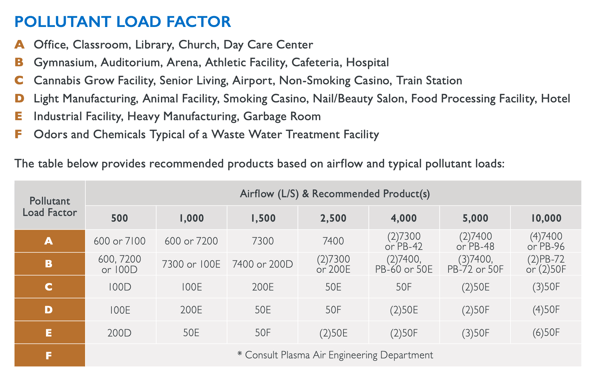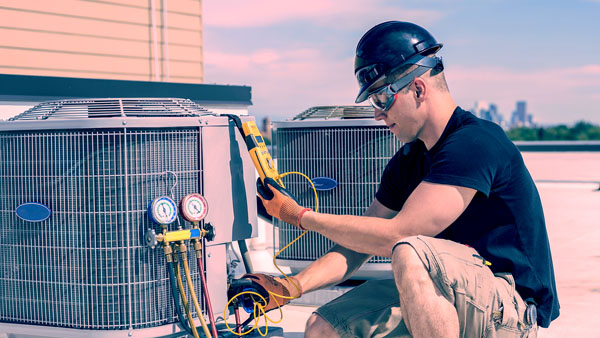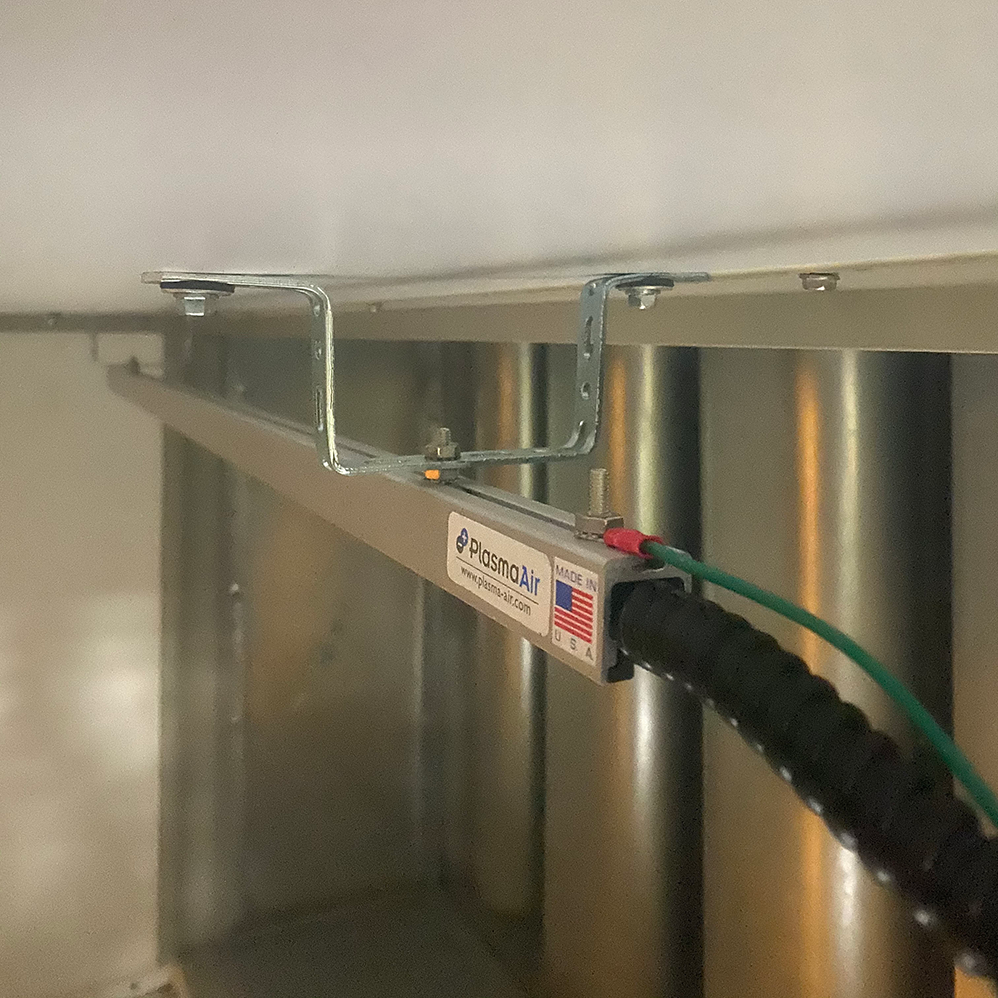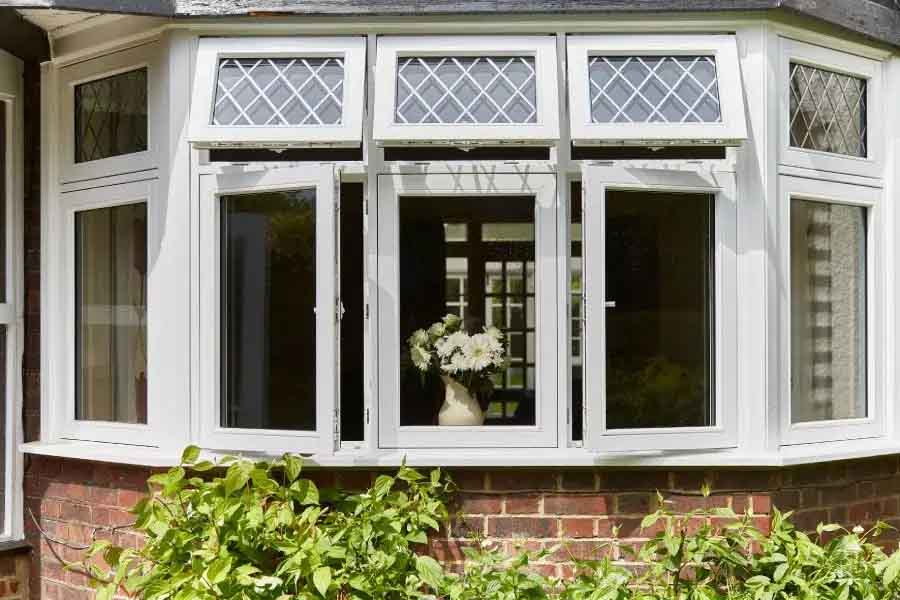How to Deploy Bipolar Ionisation Into Your HVAC System
There are two factors critical to how and where you install your bipolar ionisation solution.
The first is air distribution. Ions need good air movement in order to reach pollutants to clean them up. The second is the level of pollutants in the air. The higher the level, the higher the concentration of ions you will need to combat them.
To learn about the science behind bipolar ionisation, read our article How bipolar ionisation works.
What the guidance says
In the British Council for Offices guidance, issued in February 2021, it states “These systems can be added to ventilation plant and terminal devices such as fan coil units. They need to be deployed close to the point of use, as the ions lose their charge as they travel through ductwork systems.”
Step 1: Assess your pollution level
Before you know what bipolar ionisation device you need and where you are going to place it, you need to understand the level of pollutants in your space, whether it’s the whole building or individual rooms.
You can do this in any number of ways. If you are testing one area of the building, say one tenant company’s offices, you can use IAQ monitors. If you are testing your ventilation, you can use aerosol tracing.
Step 2: Choose a location
Remember to test your IAQ in each space so you know what size device you will need.
Best practice says to create ions as close to the space that needs cleaning as possible. Ions react with each other, get caught in filters and discharge in cooling coils. So the longer it takes for them to reach the targeted space, the fewer ions you will have to do the job.
With that in mind, there are three places you can mount ionisers.
1. In the air handling unit (AHU)
Many building’s AHUs are designed to provide good air distribution in all spaces. Check if your AHU supplies all your building’s heat and cooling, and if so, this is a good place to install your bipolar ionisation device.
2. In a branch duct
If you are a tenant in one part of the building and you only need your space ionised, add it to a branch duct.
3. In a fan coil unit (FCU)
This is more usual in the UK as our buildings tend to rely on FCUs for ventilating whole buildings, rather than a centralised AHU or rooftop unit. FCUs and air conditioning units (ACUs) are also closest to the targeted space you want to clean, so they are a great place to put your ionisers.
Download the detailed installation guides for each of these three locations.
Step 3: Choose the right device
Once you’ve chosen a location, you need to fit the correct device. At ARM Environments, we use Plasma Air products, so we will use them as an example.
Visit our Bipolar Ionisation page to see our selection of Plasma Air BPI products and solutions.
Just as there are many different kinds of building, so there are many different models of ioniser to choose from. It all depends on your type of HVAC system and the size and shape of the room(s) you intend to clean.
Remember the efficacy of your bipolar ionisation solution heavily depends on being able to reach and collide with pollutants. For the largest and most polluted spaces, you may need 3 or even 4 devices to make sure a space is fully covered.
You can use this table to select the right device:

So what should you choose for your requirements? Here are three example scenarios.
| Example 1 | Example 2 | Example 3 |
| Room: Office Meeting Room Pollutant Load Factor: 1,000 Location: Fan Coil Unit Device: 604 |
Room: Entire Office Building Pollutant Load Factor: Any Location: AHU or RTU Device: BAR Series |
Room: Auditorium Pollutant Load Factor: 4,000 Location: Branch Duct Device: 2 x 7400 |
Step 4: Monitor its effectiveness
You can’t see ions, so how do you know the system is operating? With the right device, you can measure the level of ions in the space. In the picture below, our monitor reads 10,700 ions per cubic centimetre in this room.
More importantly, how do you know if your bipolar ionisation has been effective?
For this, you will need to measure the air quality in the targeted space over a period of time (make sure it is at least 2 hours), taking a reading before you installed your bipolar ionisation device and after. It's also important to know the quality of the outdoor air being brought into the building for the duration of the test.
Long term, the operation can be continually monitored via the BMS (building management system). Alternatively, you can install duct-mounted ion sensors, or even buy a hand-held device (which we we use during our surveys.)
Maximising ionisation efficacy
We’ve seen many claims online about bipolar ionisation not cleaning the air effectively. We can confidently say that 100% of them come down to either 1) the wrong device for the space or 2) a poorly executed installation.
So when you are considering bipolar ionisation for your building, don’t be afraid to ask your supplier the why and the where.
- Why are they recommending this device?
- Where do they recommend installing them?
***
Get your free BPI installation guides





.png?width=900&height=900&name=ARM%20-%20Office%20IAQ%20Monitor%20(2).png)





